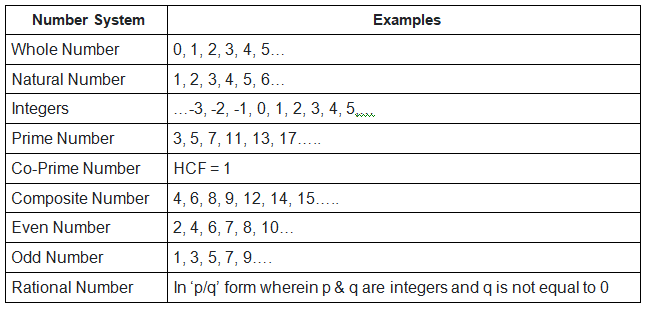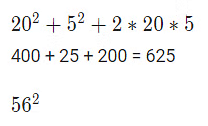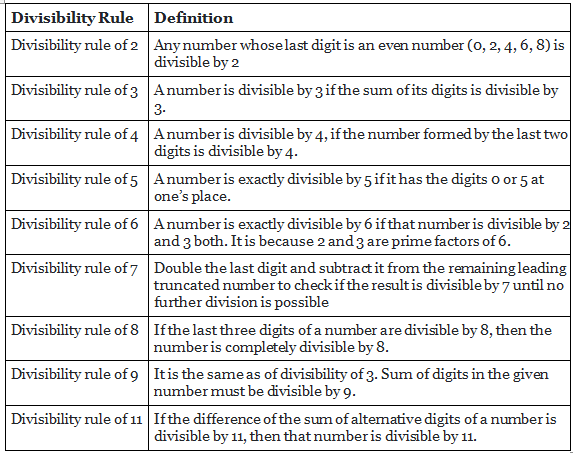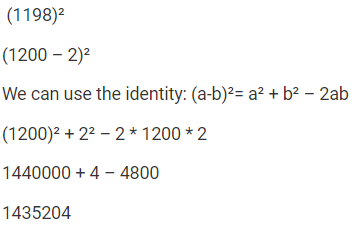Number System: Shortcuts & Tricks | Quantitative Techniques for CLAT PDF Download

Trick to find the square of a Number
252
we can write 25 as (20+5)
we will use the formula (a+b)2
square the first and second number = 52 =25, 62 = 36= 2536
Then, multiply the given digit 5*6 = 30 and add 0 at then end = 300,
then multiply it by 2 = 300 * 2 = 600
add both the number = 2536 + 600 = 3136
Trick to solve the Square root of any number

We have to see the unit digit of the number that is 6 and 6 is the unit digit of either the square of 4 or 6
Now see the first two digits, 31 which comes between the square of 4 or 6, so we will take the number 5
Now multiply the number 5 by 4 = 20, it is not possible because it is way less than 31
5*6 = 30, it is near 31
so 56 is the answer.
Tricks to find the factorial of any number
n Factorial Formula
The formulas for n factorial are:
1. n! = n(n-1)(n-2)…………………….(3)(2)(1)
2. n! = n × (n – 1)!
7! = 7 * 6 * 5 * 4 * 3 * 2 = 5040
Trick to find the multiple square of a number

we will use the formula, 
n = number of digits in the square
we have four digits so, n = 4
Divisibility Rule

Tips and Tricks to solve Number System questions
Q1: How many prime numbers are there from 1 to 50?
(a) 20
(b) 15
(c) 21
(d) 25
Ans: b
Sol:
Prime numbers less than 50 are:
2, 3, 5, 7, 11, 13, 17, 19, 23, 29, 31, 37, 41, 43, 47
Q2: 1198 * 1198 = ?
(a) 1435204
(b) 1432504
(c) 1453204
(d) 1435024
Ans: a
Sol: 
Q3: If x and y are odd numbers, then which of the following is always an even numbers?
(a) x + y
(b) xy
(c) x/y
(d) xy + 2
Ans: a
Sol: The sum of two odd number is always even. So, x + y is even.
|
49 videos|155 docs|73 tests
|




















